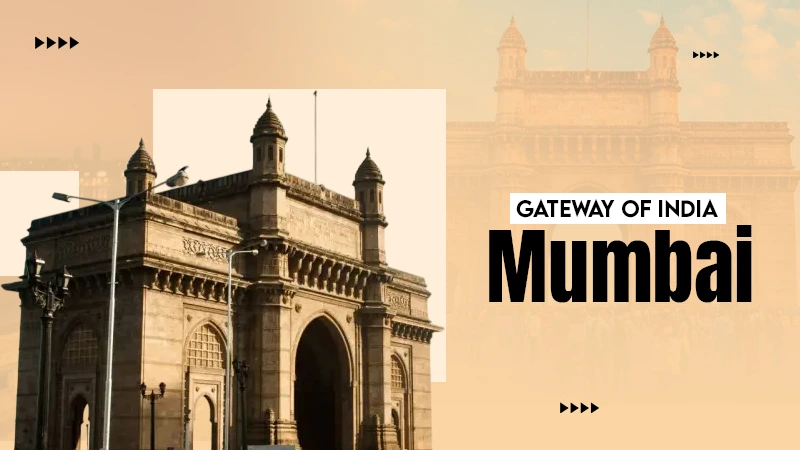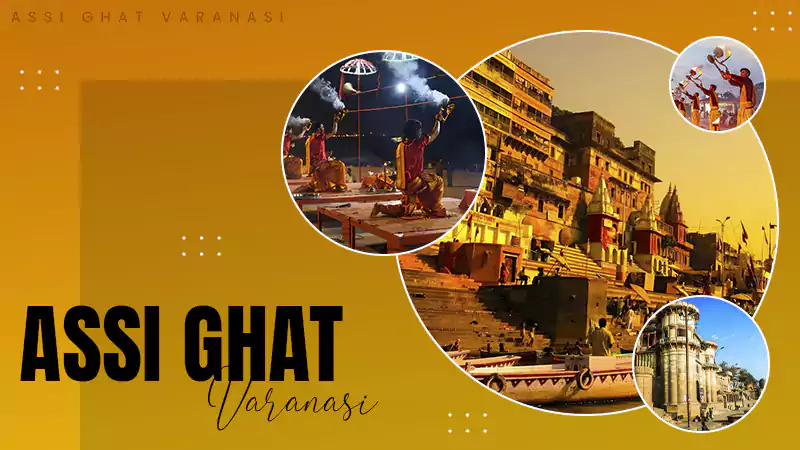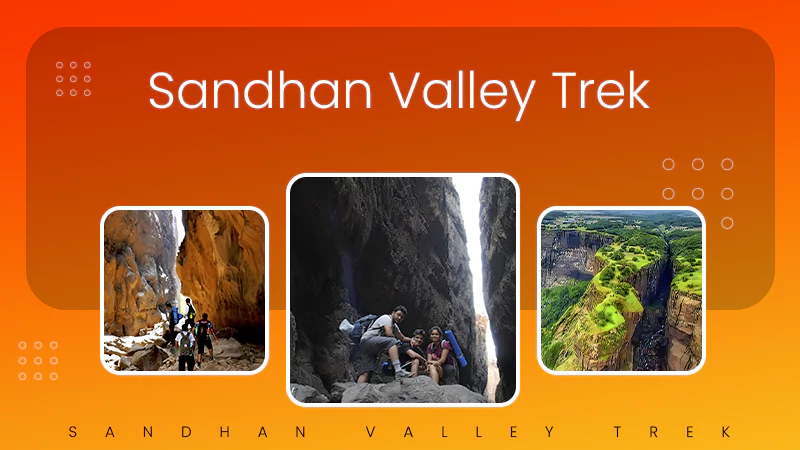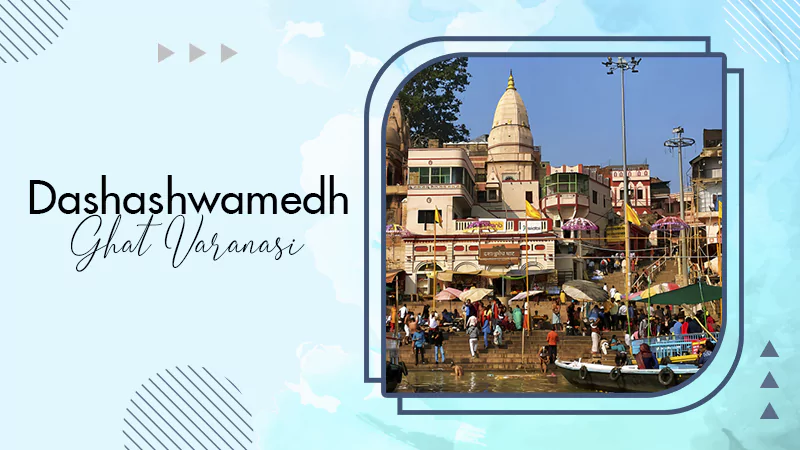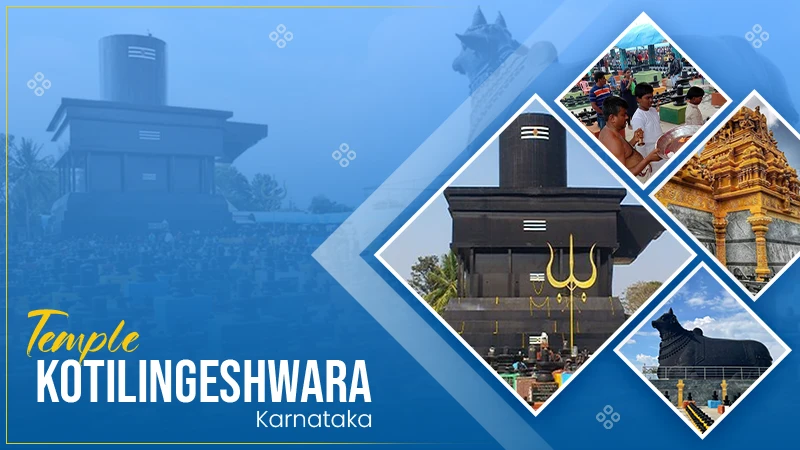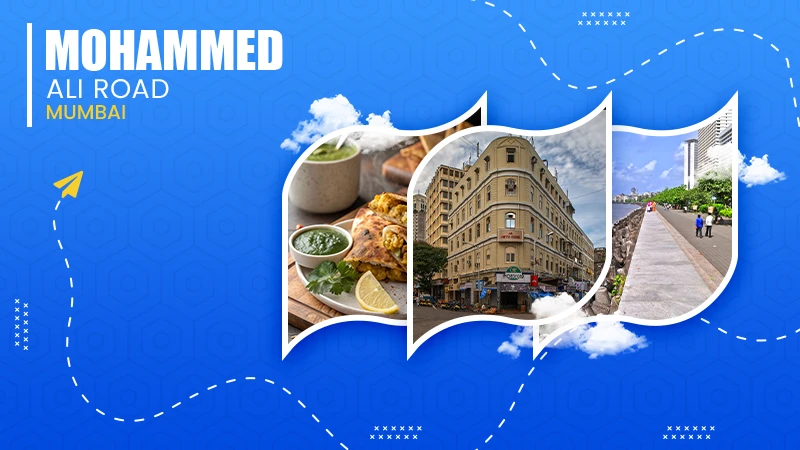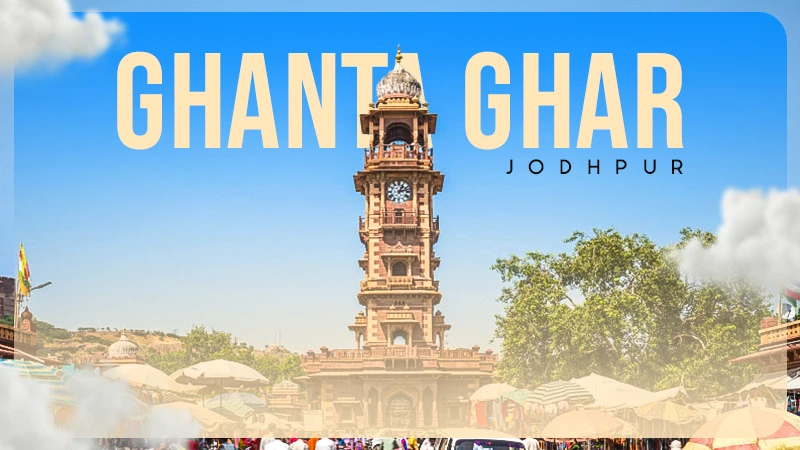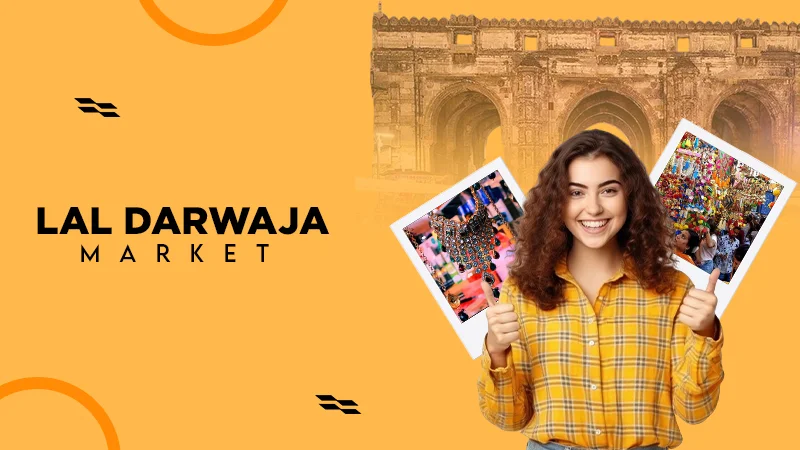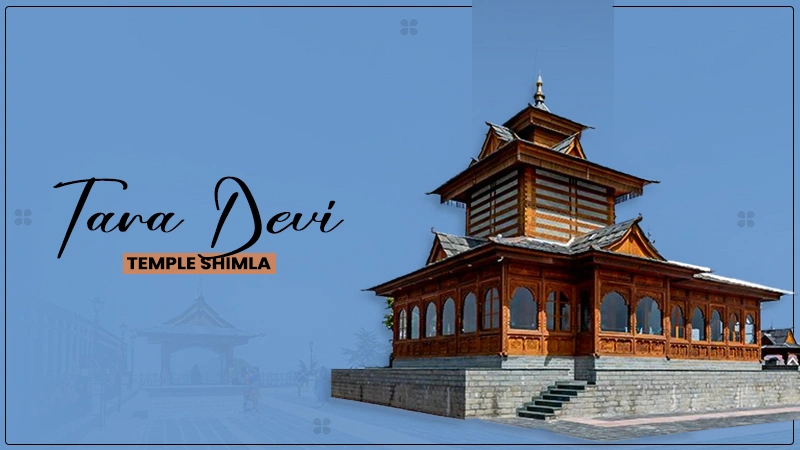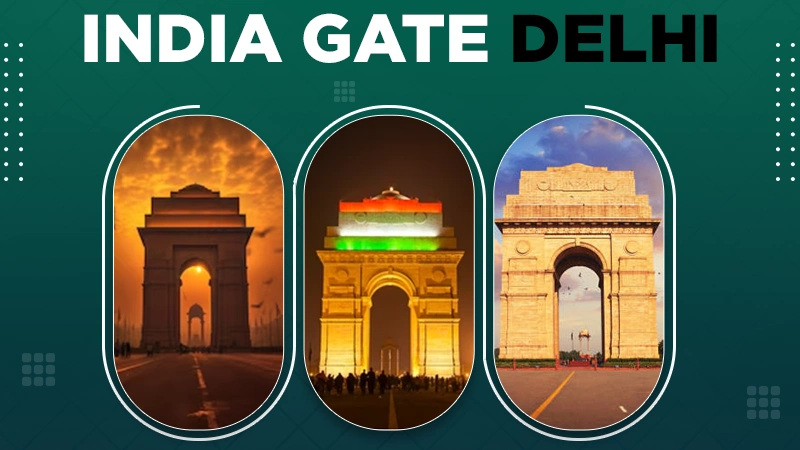
- India Gate History and Cultural Significance
- What is India Gate Famous For?
- Interesting Facts About India Gate
- Things to Do at India Gate, New Delhi
- India Gate Timings and Ticket Price
- How to Reach India Gate via Road?
- Which Metro Station is Closest to India Gate?
- Attractions Near India Gate
- Closing Thoughts
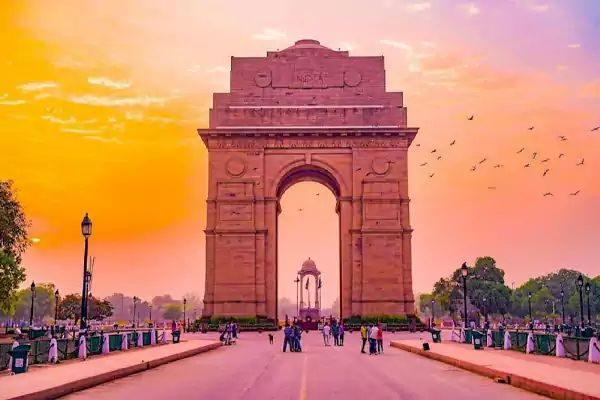
Delhi’s India Gate needs no introduction.
The war memorial, one of a kind, is the crown jewel of India’s national capital region and honors Indian soldiers who made selfless, unwavering sacrifices and lost their lives while fighting for the British in World War I.
There’s no parallel to India Gate’s charm and splendor, making it one of the best places to visit in Delhi with friends. The great archway of this renowned memorial whispers tales of bravery, selflessness, and unity as you approach it, beckoning you to join in on its amazing legacy.
If your heart craves a visit to India Gate, Delhi, and you’re gradually setting some plans in motion, we’ve curated a travel guide on the monument that might come to aid.
This comprehensive guide covers everything—from the history of India Gate, its timings, and entry fees, to how to reach it by road or metro.
So, without further ado, let’s jump right in!
India Gate History and Cultural Significance
The Imperial War Cemeteries Commission, or IWCG, was founded in 1917 with the goal of erecting war memorials and cemeteries for troops who died in the First World War. India Gate Delhi was created by the same commission to honor the sacrifices of Indian soldiers.
The memorial was created by renowned English architect Sir Edwin Lutyens, and on February 10, 1921, the Duke of Connaught, Queen Victoria’s third son, laid the memorial’s foundation. Viceroy Lord Irwin officially opened and dedicated this building to the country and its future generations on February 12, 1931, following ten arduous years of construction. Inscribed on the memorial are the names of more than 13,000 troops who died in the conflict.
In 1972, a new building was constructed at the India Gate in remembrance of the soldiers who lost their lives in the Indo-Pakistan War of 1971. The Flame of the Immortal Soldier, or Amar Jawan Jyoti, was officially launched by India’s prime minister at the time, Indira Gandhi.
What is India Gate Famous For?
Constructed as an archway in the middle of a crossroads, the 42-meter-tall India Gate resembles the Arc de Triomphe. It honors the 70,000 Indian soldiers who gave their lives while serving in the British Army during World War I, just like its French equivalent. Over 13,516 Indian and British soldiers who died in the 1919 Afghan War on the Northwestern Frontier are remembered by name on this memorial.
India Gate was designed by Edwin Lutyens and its foundation stone was placed in 1921 by His Royal Highness the Duke of Connaught. Ten years later, Viceroy Lord Irwin dedicated the memorial to the nation. Amar Jawan Jyoti, another memorial, was added considerably later, following India’s independence. Under the arch, an eternal flame burns continuously to honor the soldiers who lost their lives in the December 1971 Indo-Pakistan War.
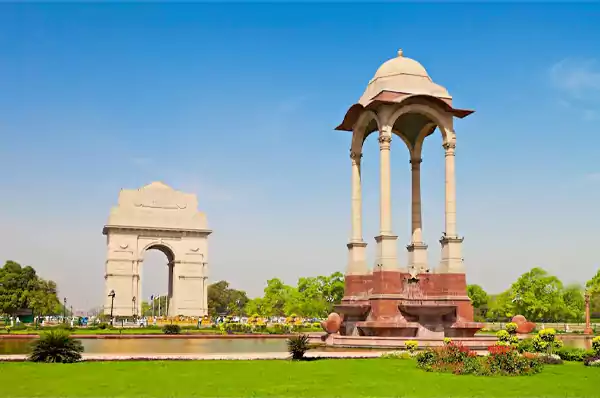
The entire arch rises gradually to a massive molding from a low foundation of red Bharatpur stone. The Imperial suns are etched on the cornice, and the dates MCMXIV (1914 left) and MCMXIX (1919 right) are placed on either side of the arch that bears the word INDIA. On anniversaries, burning oil was supposed to be placed in the shallow domed bowl at the top, although this is not often done.
India Gate is brightly floodlit at dusk, and the neighboring fountains create a beautiful show of colored lights. A vast area of verdant grass envelops the commanding building, serving as a well-liked location for picnics. Summer evenings are best observed when masses of people are gathered on the lawns and in the well-lit area.
Interesting Facts About India Gate
India Gate is a monument of honor and memory that was constructed as an homage to the soldiers who gave up their lives fighting in both the First World War and the Third Anglo-Afghan War.
The following five intriguing details about India Gate emphasize both its significance and extensive history:
- Underneath the arch is the Amar Jawan Jyoti (Flame of the Immortal Soldier), an eternal flame that honors the soldiers who died in World War I and later conflicts. It was added in 1971 following the Indo-Pakistani War of 1971.
- The names of more than 13,000 British and Indian soldiers who died in the wars are inscribed on the gate. Interestingly, the names are inscribed in both English and Hindi.
- The India Gate is not just a war memorial, but also a national symbol. It is a central feature in various national celebrations and events, including Republic Day parades, and it represents the unity and sacrifice of the nation.
- Initially, the India Gate was called the “All India War Memorial” and was intended to commemorate the soldiers of World War I. The structure was completed in 1931, and its unveiling was attended by the then British Viceroy, Lord Irwin.
- The India Gate’s design was influenced by the concept of the “triumphal arch” found in classical architecture, notably the Arc de Triomphe in Paris and the Arch of Constantine in Rome. Its massive and imposing presence serves as a tribute to the valor of the soldiers it memorializes.
It’s a place of remembrance and a prominent landmark in the heart of New Delhi, visited by both locals and tourists alike.
Things to Do at India Gate, New Delhi
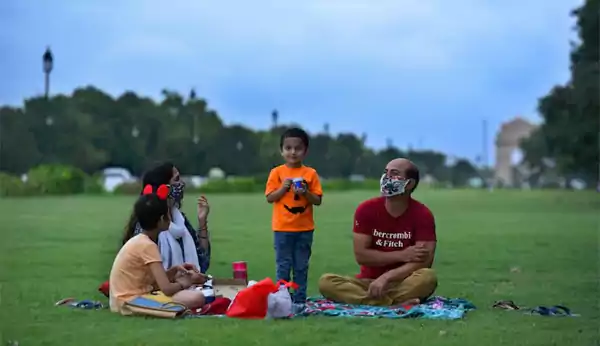
India Gate is one of the prolific additions to Delhi’s tourism landscape, offering tourists a blend of culture, history, and leisure.
It’s more than just a war memorial. There are a lot of things to do to make the most of your visit to India Gate Delhi, irrespective of where your interests lie—exploring the historical pathways or soaking up nature in the lap of beautiful, lush surroundings.
- This massive building is illuminated with spotlights every evening, making it one of the most popular tourist destinations in Delhi at night.
- Huge lawns that encircle the gate are a popular place for people to play cricket, have kite flying contests, and have basket picnics.
- Spending time with your children at the Children’s Park, which is close to the gate, is highly recommended.
- Many people, young and old, congregate on Rajpath, the boulevard where the monument is situated, for strolls in the early hours of the day.
- A kilometer from India Gate is Andhra Bhavan, one of Delhi’s most famous eateries, famous for its delicious traditional cuisine.
- One of the best places to sample Delhi’s street food delicacies is the Pandara Road Market, which is conveniently close to India Gate.
India Gate Timings and Ticket Price
The India Gate is an open public monument and can be visited at any time of day or night.
In contrast to some other historical sites and museums, like Agrasen ki Baoli there are no specific visiting hours. However, it’s often recommended to visit during daylight hours for the best experience and to appreciate the monument fully. Early mornings and late evenings provide a picturesque view and a quieter atmosphere, while the evening lights can create a stunning visual effect.
There is no entry fee to visit the India Gate. It is a public monument and open to all without charge. Visitors can explore the area around the gate, including the surrounding gardens and the nearby Amar Jawan Jyoti, free of charge.
However, be aware that while entry is free, certain services or activities around the area, such as guided tours or photography services, might have associated costs.
How to Reach India Gate via Road?
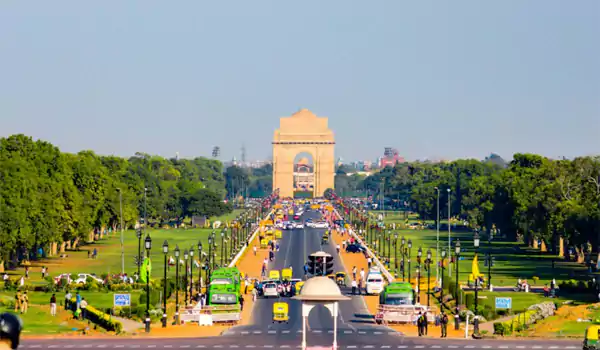
Since India Gate is located at the epicenter of the city, it’s fairly easy to reach the location via road through taxis, buses, or cars. Here’s everything you need to know:
- By Car: If you’re traveling by car, India Gate is situated at the eastern end of Rajpath, a major road that connects several key landmarks in the city. You can use Google Maps or a GPS navigation system to find the most convenient route from your location. There are parking facilities available around India Gate, although they may get crowded during peak tourist hours.
- By Taxi or Ride-Sharing: Taxis and ride-sharing services like Uber and Ola are readily available in Delhi and can provide a convenient way to reach India Gate. This option is particularly useful if you’re unfamiliar with Delhi’s roads or if you’re visiting during peak traffic hours.
- By Bus: Delhi’s public bus network also provides access to India Gate. Several buses pass through or near the area, and you can check with the Delhi Transport Corporation (DTC) for routes that include stops at India Gate. Buses can be a cost-effective and efficient way to travel, though they might be less comfortable during peak hours.
Which Metro Station is Closest to India Gate?
The metro is a practical choice if you want to take public transportation and intend to visit India Gate in New Delhi.
The metro system is well-connected across the city, making India Gate accessible. Although there isn’t a metro station right at the location, there are a number of convenient ones close by that you can choose from Delhi Metro map.
India Gate’s closest metro stations are as follows:
Central Cecretariat Metro Station (Yellow and Violet Line)
Distance: The distance from India Gate is roughly 2.3 kilometers.
Details: India Gate’s closest metro station is the Central Secretariat. It’s on the Yellow and Violet lines, and a quick taxi or autorickshaw trip gets you there. As an alternative, you can walk to India Gate along the Rajpath.
Khan Market Metro Station (Violet Line)
Distance: From India Gate, approximately 2.6 km
Details: The Khan Market metro station on the Violet Line is an additional close option. In a few minutes, you may travel to India Gate from here by cab or autorickshaw.
Barakhamba Road Metro Station (Blue Line)
Distance: From India Gate, approximately 3.6 km
Details: Barakhamba Road is a little bit distant but still convenient; it’s on the Blue Line. This station will take you to India Gate via a short drive or auto ride.
Pragati Maidan Metro Station (Blue Line)
Distance: From India Gate, approximately 3.5 km
Details: Another close station on the Blue Line is Pragati Maidan. In less than ten minutes, you may quickly book a taxi or autorickshaw from here to get to India Gate.
You may easily tour one of Delhi’s most famous sights by using these metro stations, which offer handy access to India Gate.
Attractions Near India Gate
- Memorial to the National War (750 m)
- Park for Children (900 m) Modern Art Gallery National (1.4 m)
- Purana Qila (2.2 km)
- Center for Science and Nature (2.5 km)
- Agrasen ki Baoli (2.5 km)
- Jantar Mantar is 2.9 km away.
- Rashtrapati Bhavan (2.7 km)
- Lodhi Garden (2.9 km)
- Connaught Place (4 kilometers)
- Raj Ghat is 5.2 km away.
- Chandni Chowk (5.6 kilometers)
- Jama Masjid (58.8 kilometers)
Closing Thoughts
India Gate stands as a symbol of national pride and sacrifice, offering a poignant reminder of the valor of Indian soldiers.
Visiting this monument, Delhi’s most iconic architectural marvel, should be on your bucket list, regardless of whether you are traveling with friends, family, or alone. And don’t forget to capture some breathtaking images against the backdrop of this well-known monument.
Whether visiting for its historical significance, architectural beauty, or as part of a broader tour of New Delhi, it’s a memorable landmark that deeply resonates with all who see it.
Who was the India Gate designer?
Sir Edwin Lutyens, a British architect, created India Gate in 1921. As a memorial to the soldiers of the British Indian Army, it was finished in 1931.
What does the Amar Jawan Jyoti at India Gate mean?
Beneath India Gate, the Amar Jawan Jyoti is an eternal light dedicated to the memory of the unidentified soldiers who lost their lives in numerous wars. Following the 1971 Indo-Pakistani War, it was added.
Can I take photographs at India Gate?
Yes, photography is allowed at India Gate. It’s a popular spot for both amateur and professional photographers, especially during sunrise, sunset, and the evening when the monument is lit up.
Are there any nearby facilities like restrooms or food stalls?
There are no dedicated restrooms or food stalls directly at India Gate. However, nearby areas like India Gate lawns and Rajpath have facilities, and you can find several cafés and eateries in the vicinity, especially around Connaught Place and Janpath.
Can I visit India Gate during festivals or special events?
Yes, India Gate is open during festivals and special events. Major national events, such as Republic Day and Independence Day, often feature parades and ceremonies at India Gate, attracting large crowds. Check for any scheduled events if you plan to visit during these times.
Is there parking available at India Gate?
Yes, there is parking available around India Gate, but it can get crowded, especially during peak hours and weekends. Several parking spots are located on the perimeter of the monument, and there are designated areas for both private vehicles and taxis.


